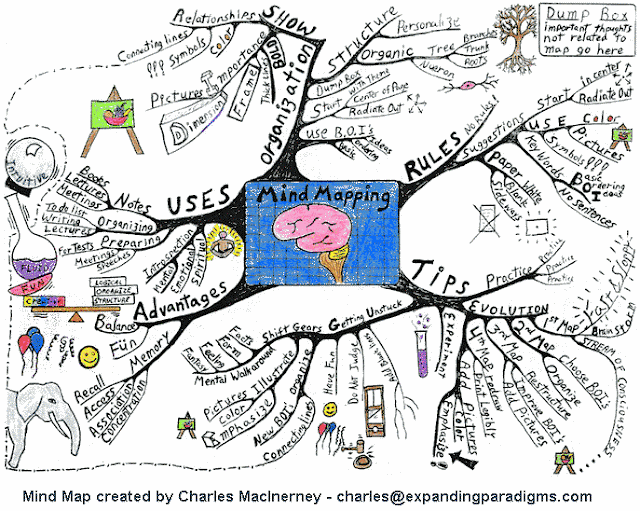Problem Solving:
Definition:-
The process of working through details of a problem (a matter involving dilemma/difficulty) to reach potential solution.It may include mathematical or systematic operations can a gauge of an individual's critical thinking skills.
Problem Solving and Decision Making:
Problem solving determine the cause of the problem while decision making is an alternative action that must be developed and evaluated against all of the objectives.Problem solving involves different techniques of thinking in identifying potential solutions while decision making involves various decision making techniques tools.
Problem Solving Techniques:
Problem Solving Techniques:
- Abstraction
Solving the problem in a model of the system before applying it to the real system. - Analogy
Using a solution that solves analoguos (relates subject to another matter) problem - Brainstorming
Suggesting a large number of solutions or ideas, combining and developing them until an optimum is found - Divide and conquer
Breaking down a large,complex problem into a smaller, solvable problems - Hypothesis testing
Assuming possible explaination to the problem and trying to prove (or in some other context, to dissaprove) the assumption - Lateral thinking
Approaching solutions indirectly and creatively - Means-ends analysis
Choosing an action at each step to move closer to the goal - Method of focal objects
Synthesing seemingly non matching characteristics of different object into something new - Morphological analysis
Assessing the output and the interactions of an entire system - Proof
Try to prove that the problem cannot be solved.The point where the proof fails will be the starting point for solving it - Reduction
Transforming the problem into another problem for which the solutions exist - Research
Employing existing ideas or adapting existing solutions to similar problem - Root cause analysis
Eliminating the cause of the problem - Trial and error
Testing possible solutions until the right one is found
DAID Model and Brainstorming Technique
DAID stands for Define, Analyze, Identify, and Decide.
- Define - the problem
- Analyze - the problem
- Identify - the possible solutions
- Decide - most appropriate alternative.
My parent called me last night. My mum told me that she was thinking to bring me and siblings vacation during my semester break . Mum said that she was thinking to bring us to Pulau Gemia, Kuala Terengganu. She will be going to deposit the down payment for the tour fees on this Friday. The date that we will be going is in middle of February. It is between my holiday school end and first week of new semester. My mum says that we will be going there for a week.But, I only can stay in Terengganu for five days. It is because I have a club event on the second day of the first week of the new semester. So, I do not know how to solve the problem.
Then, I think I should use the four-stage model to solve this problem. They are DAID. D is stand for define the problem. A is analyse the problem. I is Identify the possible solutions and D stand for deciding on the most appropriate alternative.First, my problem is, I don't know whether I should be going back early by myself or with my family.Second, what will happen if Im absent from attending the club event? How do I get back early? Should I go for holiday with my family? If Im coming back early, I could attend the club event but on the other hand if Im not going to spend the holiday with my family then they will be disappointed.I hope join my parent. Maybe I can ask my mum to decide for the five days holiday. Perhaps I can come back early.In a nutshell, I decide to tell my mum that I will be going back to the campus two days early so that I can attend the club event. So by applying the DAID technique, I manage to come with one answer that could satisfy both party and resolve the dilemma that Im facing.

0 comments:
Post a Comment